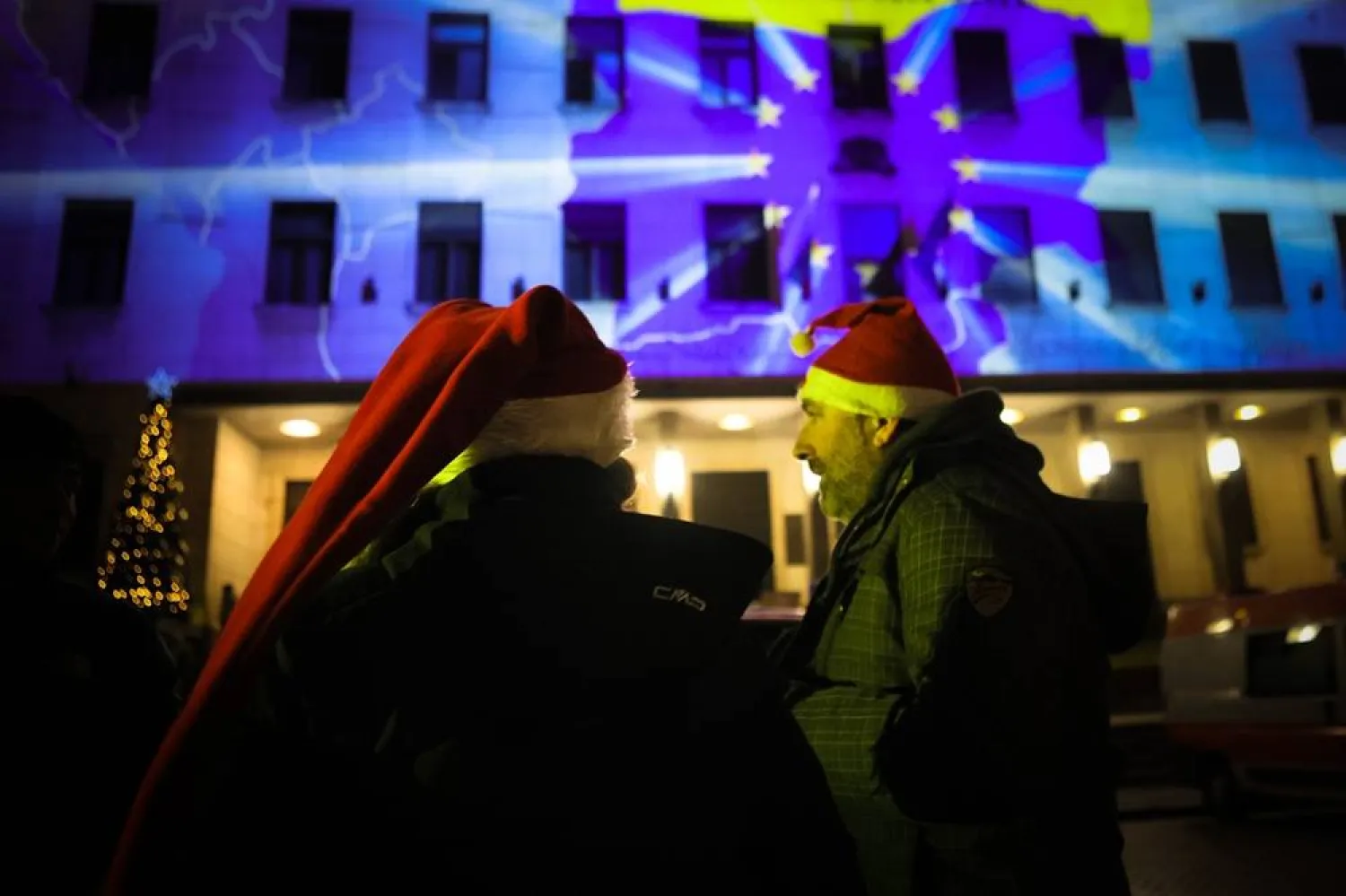European imports of liquefied natural gas (LNG) rose by 63 % in 2022, to compensate for the interruption of supplies through Russian gas pipelines.
LNG imported by Europe increased by 66 bcm, according to a recent report by the International Energy Agency (IEA).
While the US supplied approximately two-thirds (43 bcm) of the incremental LNG inflows into Europe, other “swing suppliers” were also able to redirect significant flexible volumes to the European market, with Qatar (5 bcm), Egypt (5 bcm), Norway (3 bcm), Angola (2 bcm), Russia (2 bcm) and Trinidad and Tobago (2 bcm) providing the bulk of the remaining one-third.
The increase in European demand raised prices and doubled the value of the global LNG market in 2022 to an all-time high of USD 450 billion. Traded volumes, however, increased by 6%.
The agency expects the growth of the global market in 2023 to increase by an additional 4.3 %.
“Europe was the primary driver behind the increase in LNG demand as it pivoted away from the Russian pipeline. LNG cargoes delivered to Europe increased by 63% last year,” said the IEA.
At one point in Q4, infrastructure bottlenecks combined with mild winter temperatures and full storage sites (reflected in wide price differentials) prompted more than “30 laden LNG tankers to wait for available regasification slots in Europe rather than sell their cargoes elsewhere at a discount,” according to the report.
Moreover, the war in Ukraine increased the need for LNG terminals and tankers.
LNG carrier orders reached an all-time high of 165 in 2022, according to data from Refinitiv, which represents a staggering 130% increase in 2021. This has boosted the presence of Chinese players in the LNG shipbuilding market.
Natural gas markets worldwide continued to tighten last year despite global consumption declining by an estimated 1.6% in 2022.
Meanwhile, EU energy ministers met on Tuesday to discuss issues ranging from security of supply to the upcoming electricity market reform. They touched on the renewal of the mechanism for reducing gas consumption during the coming winter.
French Energy Minister Agnes Pannier-Runache revealed that the 27 ministers discussed “extending several emergency measures” so gas stocks could be swiftly replenished and enable the countries to face potential tensions, including putting consumption under control.
In the face of the energy crisis that resulted from the war in Ukraine and the decline in Russian supplies, EU countries agreed last July to reduce their demand for gas during the period between August 2022 and March 2023 by 15 %.









